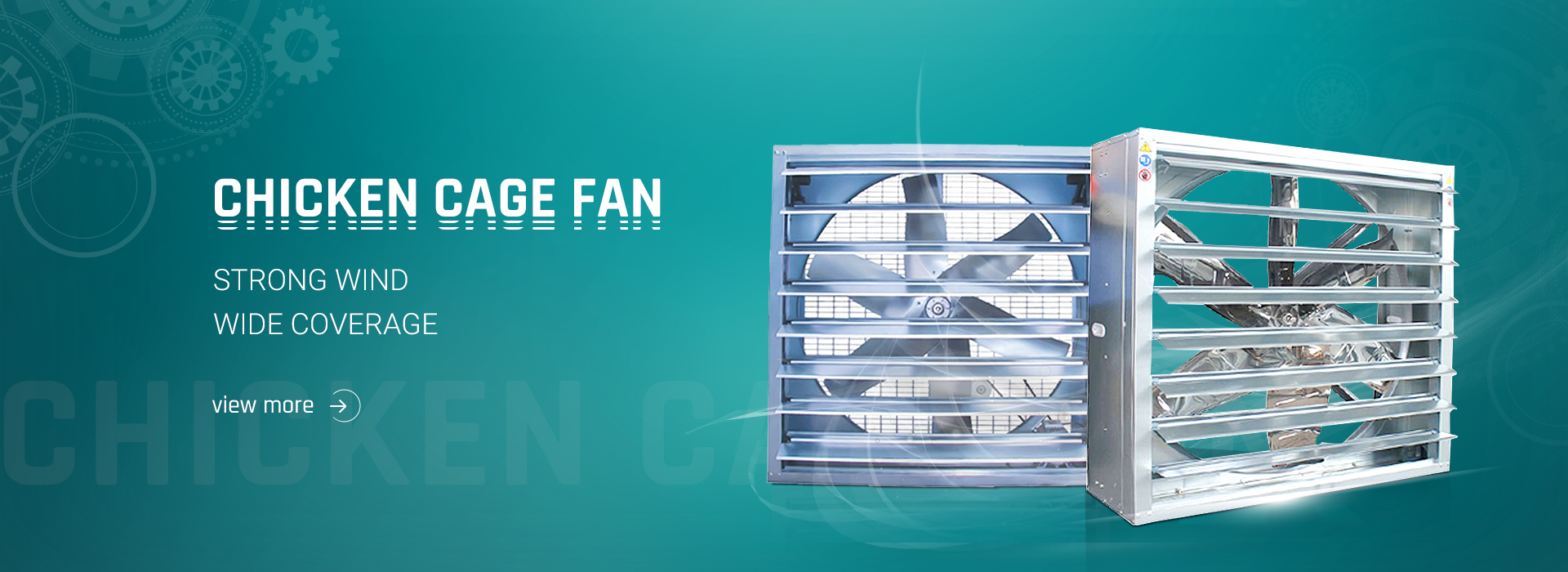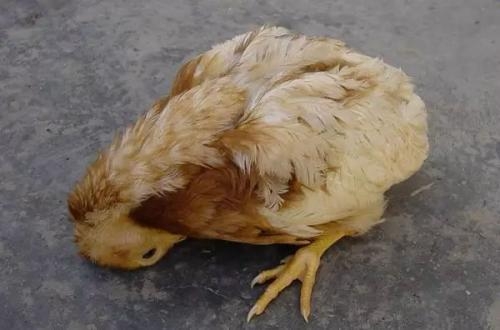1. Infectious bronchitis: antiviral drug Hudukang combined with respiratory drug Wanhuning, if it is yellow and white, then combined with Escherichia coli drug rod Like, drink with water for 4 days
2, colibacillosis: Escherichia coli drug rod rick.
3. Pullorum of chicks: Chick pullorum is treated with Changganing for treatment and prevention
1. Main clinical symptoms. Adult chickens lack vitamin A, and symptoms may appear in 2-5 months. The main manifestations are: lack of energy, loss of appetite, stagnation of growth, gradual weight loss of sick chickens, messy and dull feathers, pale cockscombs, decreased egg production of hens, decreased sexual function of roosters, poor semen quality, decreased activity and deformities, Egg fertilization rates drop, embryos develop stunted and lead to death, and hatchability decreases. Significant features of vitamin A deficiency in adult chickens: watery secretions flow from the eyes and nostrils of sick chickens, the upper and lower eyelids often stick together, the deficiency continues to develop, and the accumulation of milky white cheese-like exudates can be seen in the eyes, which affects the vision of the chickens. In severe cases, it can cause blindness. Chicks lacking vitamin A usually have symptoms in 2-3 weeks. If the chicks are fed a diet without vitamin A, symptoms can appear after 1 week. The diseased chicks have stagnant growth, lethargy and weakness, ataxia, disheveled feathers, yellow skin on the beak and feet, cheese-like secretions in the eyes, dry eyes, and high mortality of young chickens, up to 100% in severe cases.
Prevention and control measures 1. Keep the feed properly. Since vitamin A is a fat-soluble vitamin, and it is very unstable, it is easily oxidized in the air, so the feed should be kept carefully to prevent rancidity, fermentation, heat production and oxidation, etc., to prevent vitamin A from being destroyed.
2. Scientific addition to feed. In view of the low content of vitamin A in the feed, scientifically supplement feeds rich in vitamin A or pro-vitamin A in the diet, such as cod liver oil or green feeds such as carrots, clover, corn, alfalfa, etc., to prevent vitamin A deficiency .
3. Treatment methods. Chickens severely deficient in vitamin A can be treated with high-dose vitamin A preparations. Adding 10,000 international units of vitamin A to each kilogram of diets for 1-2 days will quickly restore sick chickens to health.
Care must be taken when adding vitamin A to feed for prevention or treatment. The minimum requirement of vitamin A for poultry is generally between 1000-5000 international units. Excessive vitamin A can easily cause poultry poisoning.
2) Chicken Glandular Stomach Infectious Bronchitis
Symptoms: Weeping, swollen eyes, no food, wilted spirit, upturned coat, closed eyes, decreased appetite but increased appetite, accompanied by mild respiratory syndrome, chicken body wasting, yellowish white or yellowish green The egg production of dung chickens decreased. The morbidity rate is as high as 100%, and the mortality rate ranges from 3% to 95%. Different breeds of chickens have the disease.
2) necropsy changes
At autopsy, the lesions of the glandular stomach are the most obvious. It is extremely enlarged and spherical. It is 3~5 times of normal. The wall of the glandular stomach is thickened by 2~3 times. Four depressions. Ulcer bleeding. It is called squeezing out purulent fluid. Individual glandular corpuscles have thin oily fluid. In some cases, the splanchnic viscera is swollen. Earthy yellow: the spleen is enlarged. In some cases, there are bleeding spots: the mucosa of the small intestine is swollen with bleeding spots, and yellow-green liquid accumulates inside.
Prevention:
The morbidity and mortality of this disease are high. The course of disease is long. The production performance of recovered chickens is significantly reduced. Therefore, once the disease occurs, isolation measures should be taken. Antibiotics can be used in the isolation area to prevent secondary infection. At the same time, it can be combined with electrolysis and multi-dimensional drinking water. Improve the level of feed and nutrition to improve the body’s resistance and reduce death. The use of inactivated vaccine is called in the early stage of the disease
Emergency vaccination. Also called receiving better curative effect.
Chinese medicine treatment: formulate prescriptions according to the principles of clearing away heat and detoxification, reducing swelling and invigorating the stomach. Use honeysuckle, forsythia, huangmao, gentian, psyllium, fenugreek and other compatibility. According to 0.5 grams per kilogram of body weight per day After frying, the seasoning can be used continuously for 5 days. It can play a good control role.
Prevention and treatment of this disease is a viral disease, and there is no effective drug to treat it. The diseased flocks drink antibiotics such as ammonia penicillin or huinofloxacin to prevent secondary infection and help to improve symptoms. The best way is to develop vaccines for immune prevention.
References “Anhui Agriculture “Infectious Bronchitis of Chicken Glandular Stomach”, No. 5, 1998, Zhang Danjun
Chen Guiling “Roman Brown Young Breeder Glandular Stomach Infectious Bronchitis”
3) The disease may also be chicken aspergillosis:
1. Caused by Aspergillus, all kinds of poultry can be infected, chicks under 6 weeks old, turkeys are susceptible, especially chicks aged 4-15 days.
2. Sick chickens show lack of energy, loss of appetite, drooping wings, loose feathers, half-closed eyes, stunned, difficulty breathing, wheezing, but no friction. , Gradually lose weight and die. Some chicks have fungal ophthalmia, swelling of the eye and face, mung bean large gray-white or yellow cheese under the nictitating membrane, causing the eyes to bulge or corneal ulcers. The egg production rate of the adult chickens decreased, but the number of deaths was small.
Prevention:
.Nystatin for treatment, 500,000 IU per 100 chicks, mixed into the feed, 2 times a day, for 5-7 days. Or use clotrimazole, 1g of the mixture for every 100 chicks, used for 5-7 days, and mixed with 1 : 2000-1:3000 copper sulfate solution drinking water, use it for 2-3 days, or use 5-10g potassium iodide per 4kg drinking water for chicken drinking water.
Post time: Mar-26-2022




